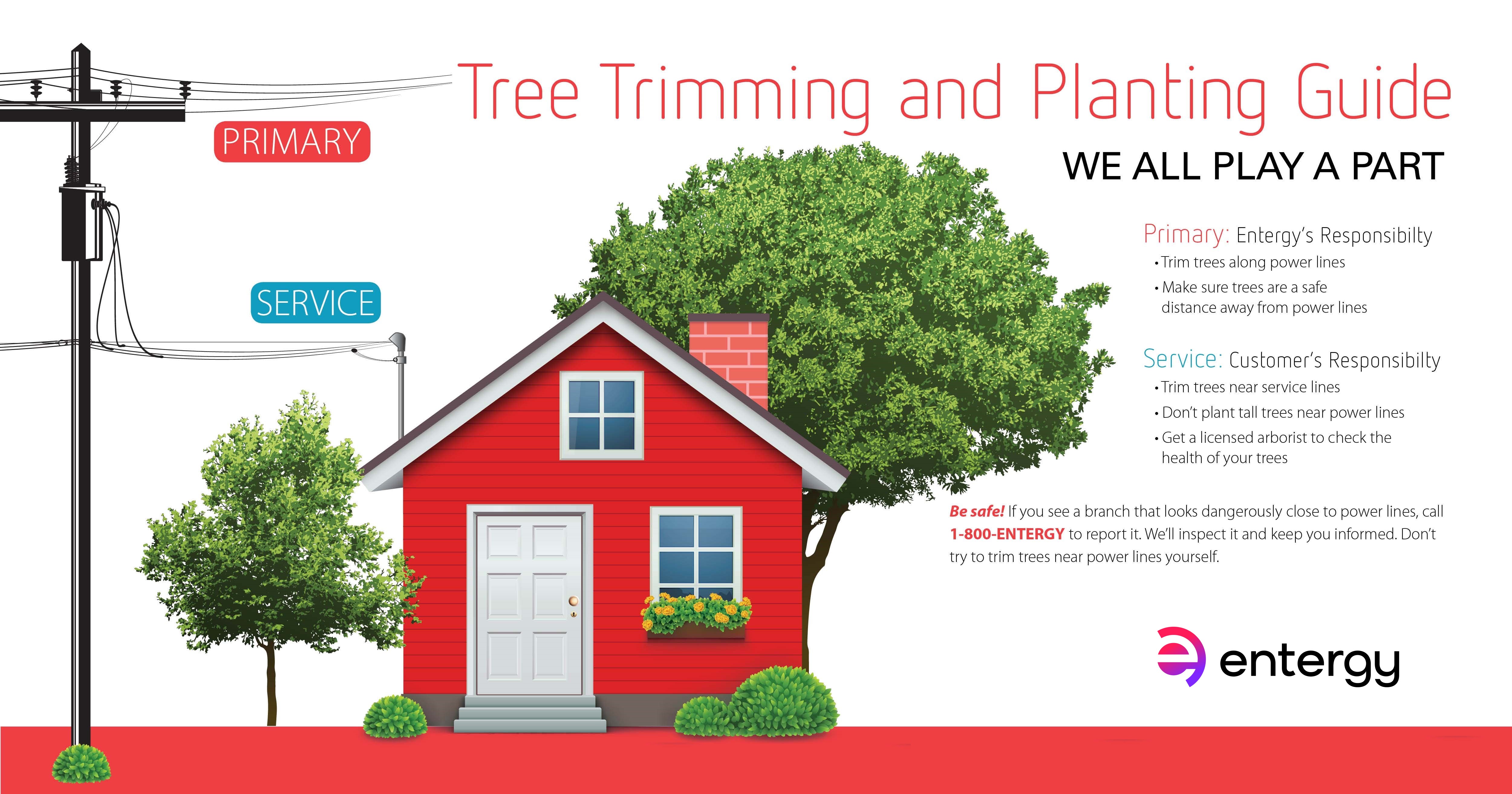Reviewing Tree Health And Wellness: Standards For Selecting Tree Elimination
Reviewing Tree Health And Wellness: Standards For Selecting Tree Elimination
Blog Article
Author-Fields Mcintosh
If you've ever wondered about the destiny of the trees on your residential or commercial property, recognizing when it's time for elimination is essential. However how do you identify if a tree can be conserved or if elimination is the only alternative? By seeking certain indicators and assessing safety risks, you can make informed choices that benefit both your landscape and your surroundings. Let's explore the crucial aspects that enter into play when deciding the fate of a tree and exactly how you can make certain the most effective result for your environment-friendly buddies.
Indications of Tree Decline
If you discover any one of the adhering to signs of tree decrease in your backyard, it may be time to consider tree removal.
One typical indicator is dead or decaying branches, which can indicate underlying concerns influencing the tree's wellness. Keep an eye out for tarnished or shrivelled leaves that linger despite correct care, as this could be a sign of disease or pests.
Another warning signal is extreme leaning or a visible shift in the tree's base, which might recommend root issues or architectural instability. Keep an eye out for fungal growth on the trunk or origins, as this can indicate rot and jeopardize the tree's stability.
In addition, if you observe large splits in the trunk or major arm or legs, it's essential to resolve these problems immediately to avoid prospective dangers. Resolving have a peek at this site of tree decrease without delay can assist keep the security and appearances of your yard atmosphere.
Safety and security Concerns
To ensure the wellness of your residential property and those around you, prioritizing safety problems associated with trees is vital. Trees can pose different security risks if not effectively maintained. Dead or worn out branches might drop suddenly, jeopardizing people or harmful frameworks.
Leaning trees can likewise be harmful, particularly if they're leaning towards a building or power lines. Additionally, trees with considerable origin systems near structures or underground energies can cause significant damages with time.
It's essential to regularly examine your trees for any indications of potential risk. Keep an eye out for fractures in the trunk, large dental caries, or signs of illness and degeneration. If you discover any one of these issues, it's best to speak with a professional arborist to examine the scenario and establish the required strategy.
Taking positive steps to attend to security problems immediately can stop crashes and home damages in the future. Keep in mind, the security of your home and those around you need to always be the top concern when it concerns tree maintenance.
Consulting an Arborist
When taking into consideration the health and safety of your trees, speaking with an arborist is a vital action. Arborists are educated professionals who specialize in the treatment and maintenance of trees. They can assess the overall wellness of your trees, determine any type of issues such as diseases or structural issues, and supply skilled referrals on the best strategy.
By speaking with an arborist, you can obtain important insights into the condition of your trees and identify whether removal is needed. Arborists have the understanding and experience to assess the dangers related to keeping a tree versus removing it. check this link right here now can likewise offer advice on alternative options, such as trimming, cabling, or supporting, to help preserve the tree whenever possible.
Additionally, arborists can aid you browse any kind of local policies or allows that might be needed for tree removal. Their proficiency can ensure that the process is performed securely and in compliance with any applicable legislations.
Conclusion
Finally, when identifying whether trees can be conserved or if elimination is necessary, it is essential to consider indications of decline and security concerns. Consulting an arborist for a comprehensive analysis is crucial in making the most effective choice for the tree's health and wellness and potential hazards. Keep in mind, positive treatment and prompt activity can help protect trees and avoid accidents.
